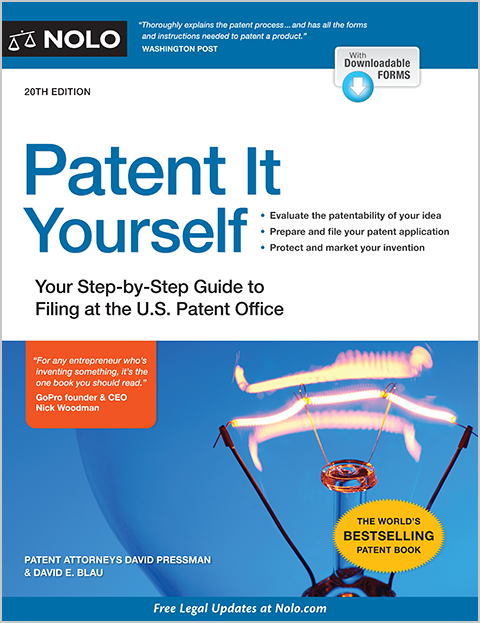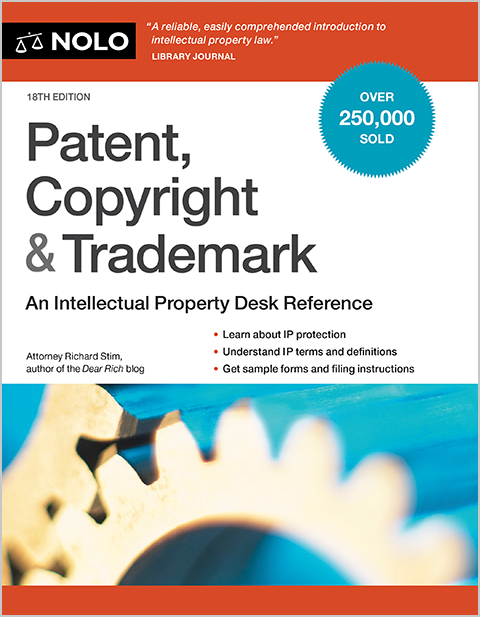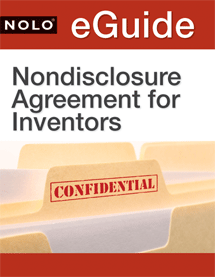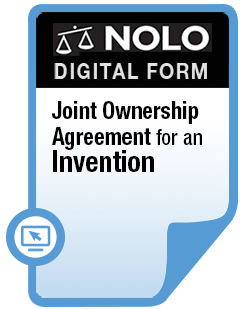Trademark Class 37 includes building construction, demolition, repair, and installation services.
Trademark Class 37 is a broad class that includes building construction, demolition services, repair, and various installation services.
The class also includes mainly services rendered by contractors or subcontractors in the construction or improvement of buildings. Additionally, it includes services rendered by persons engaged in the restoration of objects to their original condition (without altering their physical or chemical properties).
Specifically, the class includes mining, masonry, wall painting, fire alarm installation, vehicle maintenance and repair, dry cleaning, and termite extermination.
What Services Are Included Under Trademark Class 37?
The following is a more comprehensive list of Class 37 services:
- Building, construction, demolition, asphalting, bricklaying, building construction supervision, building insulating, building sealing, building damp-proofing, building of fair stalls and shops, construction, construction information, construction consultation, demolition of buildings, factory construction, harbor construction, masonry, pier breakwater building, plastering, pumicing, road paving, roofing services, sanding, underwater construction, and warehouse construction and repair.
- Shipbuilding and providing information relating to shipbuilding.
- Rental of tools, apparatus, and equipment for construction and demolition, rental of bulldozers, rental of excavators, rental of construction equipment, rental of truck cranes, and rental of drainage pumps.
- Mining, oil and gas extraction, drilling of wells, drilling of deep oil or gas wells, mining extraction, and quarrying services.
- Installation, cleaning, repair, and maintenance, artificial snow-making services, boiler cleaning and repair, burner maintenance and repair, carpentry services, chimney sweeping, electric appliance installation and repair, film projector repair and maintenance, freezing equipment installation and repair, furnace installation and repair, installation of doors and windows, interference suppression in electrical apparatus, irrigation devices installation and repair, kitchen equipment installation, knife sharpening, laundering, machinery installation, maintenance and repair, office machines and equipment installation, maintenance and repair, painting, interior and exterior, paper hanging/wallpapering, parasol repair, photographic apparatus repair, pipeline construction and maintenance, pump repair, re-tinning, rebuilding engines, rebuilding machines that have been worn or partially destroyed, repair information, restoration of works of art, restoration of musical instruments, riveting, rustproofing, scaffolding, painting or repair of signs, street cleaning, swimming pool maintenance, umbrella repair, underwater repair, and varnishing.
- Alarm, lock, and safe installation, maintenance, and repair, burglar alarm installation and repair, fire alarm installation and repair, repair of security locks, lock repair, safe maintenance and repair, and strong-room maintenance and repair.
- Clock and watch repair and clock and watch repair and maintenance.
- Computer hardware and telecommunication apparatus installation, maintenance, and repair, installation, maintenance and repair of computer hardware, and telephone installation and repair.
- HVAC (heating, ventilation, and air conditioning) installation, maintenance, and repair, air conditioning apparatus installation and repair, and heating equipment installation and repair.
- Refilling of ink cartridges and refilling of toner cartridges.
- Tire maintenance and repair, retreading of tires, and repair of tires by vulcanization.
- Building maintenance and repair, interior and exterior cleaning of buildings, cleaning, rental of cleaning equipment and machines, rental of washing machines and equipment, and rental of road sweeping machines.
- Vehicle service, repair, maintenance, and refueling, airplane maintenance and repair, antirust treatment for vehicles, car wash, motor vehicle maintenance and repair, vehicle cleaning, vehicle wash, vehicle lubrication, vehicle greasing, vehicle polishing, vehicle service stations [refueling and maintenance], vehicle maintenance, and vehicle breakdown repair services.
- Glazing, installation, maintenance, and repair of glass, windows, and blinds, window cleaning, and painting of window frames.
- Plumbing installation, maintenance, and repair, plumbing, and plumbing contractor services.
- Furniture maintenance and repair, cabinet repair, furniture maintenance, furniture restoration, upholstering, upholstery repair, and lift and elevator installation, maintenance, and repair.
- Cleaning and care of fabric, textile, leather, fur, and goods made thereof, cleaning of clothing, clothing repair, diaper cleaning, dry cleaning, fur cleaning and repair, leather cleaning and repair, linen ironing, mending clothing, pressing of clothing, shoe repair, washing of linen, and cloth washing.
- Pest control and extermination, termite exterminating, vermin exterminating, rat exterminating, vermin exterminating, and pest control for commercial buildings.
What Services Aren't Included Under Class 37?
But you would not use Class 37 if you're applying for:
- services consisting of storage of goods such as clothes or vehicles (Class 39 - Transportation and Storage Services), or
- services connected with the dyeing of cloth or clothes (Class 40 - Material Treatment Services).
Examples of Trademarks in Class 37
You can find trademarks that have been applied for or registered by the United States Patent and Trademark Office (USPTO) under Class 37 in the Trademark Electronic Search System (TESS), an electronic trademark database.
Some well-known examples of Class 37 marks include:
- MERITAGE HOMES (residential real estate construction)
- CARRIER (HVAC installation, maintenance, and repair), and
- MEINEKE (automotive repair).
USPTO Trademark Classes
The USPTO, the federal agency that oversees the registration of federal trademarks, divides marks into 45 different classes of products and services. The purpose of these classes is to allow different types of businesses to register their trademarks into categories most related to their core business.
The first 34 classes consist of different broad categories of goods. The last 11 classes consist of different broad categories of services.
Related or Coordinated Classes to Class 37
If you're not sure whether you should apply for your mark under Class 37, you can consider a "coordinated" class. A coordinated class is one that's related to another class, usually because the USPTO has determined that applicants filing within one particular class often file in other specific classes, too.
For Class 37, the USPTO has determined the following classes to be coordinated classes:
- Class 35 - Advertising and Business Services
- Class 36 - Insurance and Financial Services
- Class 38 - Telecommunications Services
- Class 39 - Transportation and Storage Services
- Class 40 - Material Treatment Services
- Class 41 - Education and Entertainment Services
- Class 42 - Computer and Scientific Services
- Class 43 - Hotels and Restaurants Services
- Class 44 - Medical, Beauty, and Agricultural Services, and
- Class 45 - Personal and Legal Services.
Trademark Filing Fees
The trademark class system will also affect the scope of the registration fees that you pay. The USPTO charges a set filing fee per class of goods or services. So if you apply for a trademark for posters (Class 16) and shirts (Class 25), you must pay the filing fee for two classes, which is double the filing fee for one class. (37 C.F.R. §2.6(a)(1)(2022).)
Be sure to indicate the correct class at the time you're registering a trademark—if the application doesn't already do so for you. If you list the incorrect class, you must restart the application process, and your filing fees will not be refunded.
Your registration is restricted to those classes that encompass the goods or services you're already offering (as shown by the specimens you submit) or that you plan to offer (if you're registering on an intent-to-use basis).
USPTO Specimens
At some point in the trademark application process, you'll need to supply the USPTO with a specimen. A specimen is a real-world example of how your mark is being used in association with your goods or services. In other words, it's how customers come across your mark as they shop for your goods or services.
If you're applying for a use-in-commerce trademark (you're already using your trademark to sell your goods or services), then you'll submit a specimen with your trademark application. If you're applying for an intent-to-use trademark (you haven't started using your trademark yet but plan to), then you'll submit a specimen after you've already submitted your trademark application once the trademark examiner—the person at the USPTO reviewing your application—requests it from you.
For every class of goods or services, you'll need to submit at least one specimen regardless of how many goods or services are listed under the class. So, if you apply for hats, t-shirts, and socks under Class 25, then you'll only need to submit one specimen and you can choose which good to include in your specimen.
(37 C.F.R. §2.34(b)(2)(2022).)
Acceptable Specimens for a Service Mark
A specimen for a service trademark must show use of the mark in a manner that would be perceived by potential purchasers as identifying the applicant's services and indicating the service's source.
When the mark is used in advertising the services, your specimen must show an association between the mark and the services you're applying for. A specimen that shows only the mark, with no reference to the services, doesn't show service mark usage.
When offering a service, you don't have a product you can put a label on. Instead, your specimen will need to show how your trademark is being used to sell your service. So, your specimen can show how you're using your trademark to promote your services or how your trademark is used in the performance or rendering of your service. (37 C.F.R. §2.56(b)(2)(2022).)
Acceptable specimens for services include a variety of materials that can't be used for product marks. For a service trademark, you can submit specimens that include:
- newspaper and magazine ads
- brochures
- billboards
- direct mail pieces
- menus (for restaurants)
- publicly available press releases—such as on the applicant's website, and
- letterhead stationery—for instance, invoices—and business cards showing the mark when the services are plainly reflected on them.
If your services are rendered online, you can use a screenshot of the webpage where the trademark and reference to the services appear. Ideally, the trademark will be displayed in the webpage header, but any prominent showing of the trademark that appears near a description of the services will work. Be sure you include—either on the screenshot or in the application—the website URL and the date you last accessed the webpage. (37 C.F.R. §2.56(c)(2022).)
While most marks appear in writing somewhere, trademarks can also be in audio format. If your mark represents a service, and it appears only on radio ads or in some other audio form, you can submit a sound file of the audio.
Unacceptable Specimens for a Service Mark
The following are unacceptable specimens for service marks:
- news releases or articles based on news releases that are only sent to the news media
- documents showing trademark rather than service mark usage (use of the mark in connection with goods rather than services)
- invoices and similar documents such as packing slips, unless the invoice identifies the mark and the services represented by the mark, and
- letterhead or business cards that bear only the mark and a company name and address, unless the letterhead or the text of the letter identifies the services represented by the mark.
For more information about trademarks and federal registration, see our section on trademark law.
Talk to a Lawyer
Need a lawyer? Start here.
How it Works
- Briefly tell us about your case
- Provide your contact information
- Choose attorneys to contact you
- Briefly tell us about your case
- Provide your contact information
- Choose attorneys to contact you



